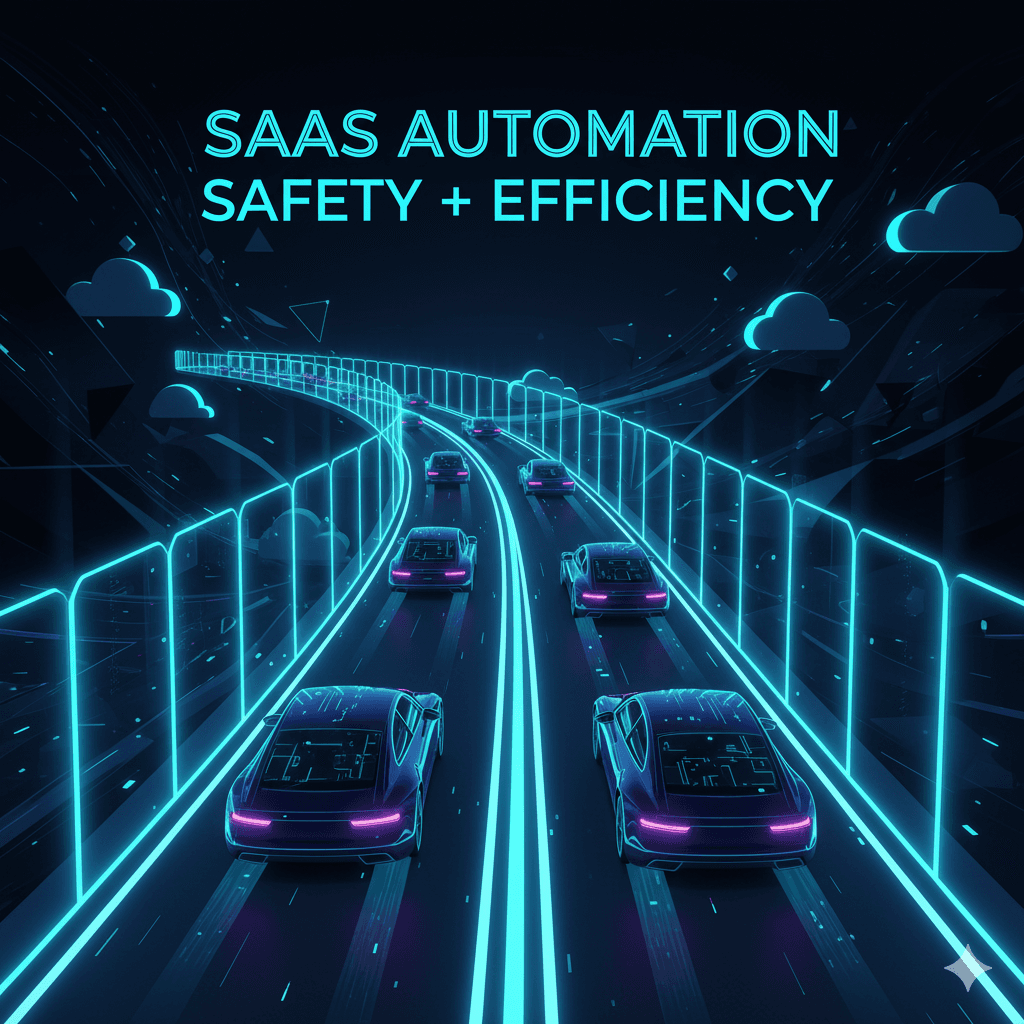Automation Needs Guardrails to Earn Trust
FinOps automation can rescue budgets, but uncontrolled automation can break workloads or violate policies. CoreFinOps solves this with guardrails-codified rules that monitor cloud environments, propose actions, and enforce them once approvals align. Guardrails keep engineers confident that automation will not override business context, while executives trust that the cost program remains compliant.
Unlike ad-hoc scripts, guardrails are productized. They come with versioning, testing, observability, and governance baked in. Every change is deliberate and documented.
Policy Templates for Common FinOps Scenarios
CoreFinOps ships guardrail templates for frequent cost challenges: idle compute shutdowns, oversized RDS instances, aged snapshots, unchecked data transfers. Teams customize thresholds, scope, and notification channels. Templates maintain best practices while accommodating unique business constraints. As new AWS services launch, CoreFinOps updates templates so customers stay ahead without rewriting automation.
Policies chain together. For example, an anomaly in data transfer can trigger a guardrail to inspect VPC endpoints, while also notifying security for potential misconfigurations. Guardrails collaborate, not compete.
Approval Chains and Evidence Logging
Automation does not replace human judgment-it augments it. Guardrails in CoreFinOps route recommendations through approval chains tailored to risk. High-impact actions may require engineering, finance, and compliance sign-off. Slack and email approvals feed back into the platform automatically. Each approval logs timestamps, comments, and digital signatures, satisfying audit requirements without manual paperwork.
Once approved, guardrails execute with full observability. Logs capture API calls, affected resources, and validation checks. If something goes wrong, rollback steps are a click away, and evidence proves the team acted responsibly.
Exception Workflows with Automatic Expiry
Business needs occasionally trump policies. Guardrails accept exception requests specifying justification, duration, and compensating controls. Approvers can set reminders, attach risk ratings, and require follow-up tasks. Expirations prevent forgotten exceptions from eroding guardrail effectiveness. When the deadline arrives, the guardrail reactivates automatically or requests renewal.
Exceptions are visible on dashboards, so leadership understands where policies are relaxed and why. The ROI ledger records the cost impact, ensuring transparency about trade-offs.
Metrics That Prove Guardrail Value
CoreFinOps quantifies guardrail performance: savings achieved, incidents prevented, compliance coverage. Dashboards compare automation versus manual remediation, making it clear which guardrails deliver the highest ROI. If a guardrail triggers too frequently or causes noise, the platform recommends tuning or additional context to reduce false positives.
These metrics help prioritize investments. Teams double down on guardrails delivering outsized impact and iterate on those needing refinement.
Integrations with Change and Incident Management
Guardrails plug into ITSM tools to maintain alignment with enterprise processes. Actions can create change tickets automatically, attach evidence, and close once automation completes. Incident management integrations pause guardrails during outages, preventing automated changes from complicating recovery.
This orchestration keeps FinOps automation in harmony with DevOps and SecOps, building cross-functional trust.
Continuous Improvement Through Guardrail Analytics
CoreFinOps analyzes guardrail events to identify systemic issues-recurring misconfigurations, teams struggling with tagging, or services lacking governance. Insights feed back into policy updates and training plans. ChatProduct summarizes guardrail activity for stakeholders, highlighting successes and areas for investment.
Automation, governance, and culture evolve together. Guardrails become the backbone of a mature FinOps program where savings are automatic and surprises are rare.
Wrapping up
Safe automation is the hallmark of advanced FinOps. CoreFinOps guardrails deliver that safety through approvals, exceptions, and full evidence logging, ensuring every automated action aligns with business intent.
With guardrails in place, teams innovate confidently, knowing cost optimization runs on autopilot without sacrificing control.
